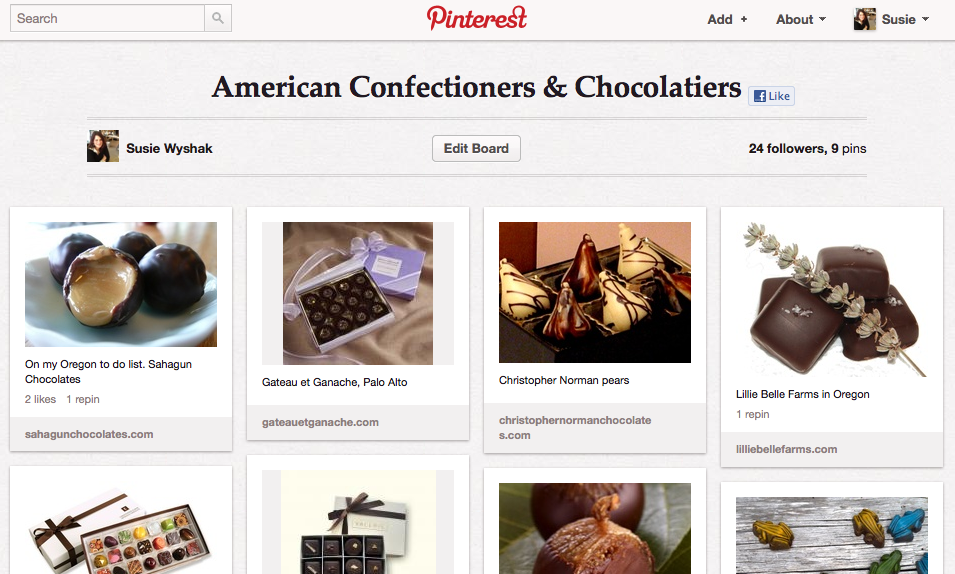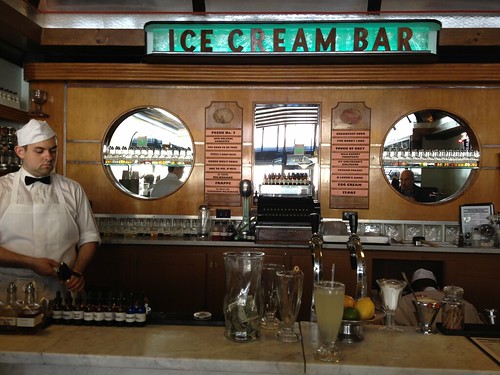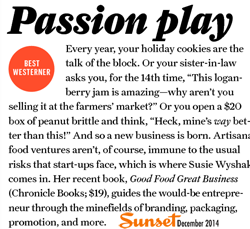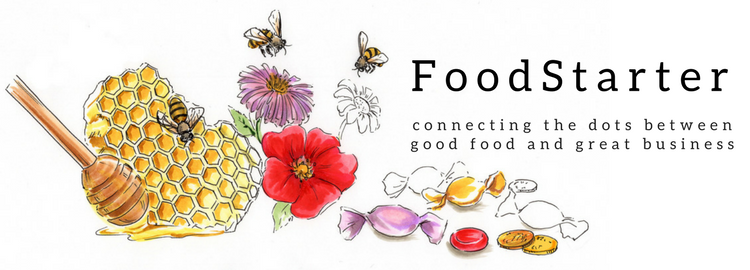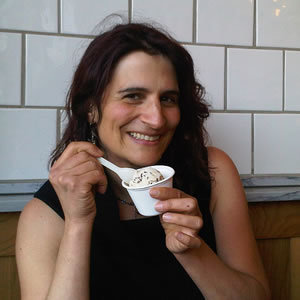Article I wrote for specialty food consultant Deb Mazzaferro‘s newsletter:
Why has Pinterest suddenly taken the Internet by storm…and does it have staying power? In January 2012, the number of visitors on Pinterest.com was almost a third of that on Twitter.com. At the time of this writing, Alexa had ranked Pinterest the 17th most popular website in the United States and the 79th most popular in the world. About 80% of U.S. users are women.
The answer: It’s addictive fun and will likely only grow. Here’s a little about how it’s different from what exists today:
- Unlike Twitter, Pinterest focuses on topics rather than topical subjects.
- Unlike Facebook or other platforms, Pinterest allows content to be grouped by topic in an easily navigable user interface.
- Unlike Flickr or other curated photo sites, Pinterest fosters active sharing and community.
You can Tweet and Facebook an image while pinning it, which drives people back to Pinterest — where they can see other images you’ve pinned, ultimately driving more traffic to wherever you desire.
Because it’s all about visuals, there’s none of the pressure to decide whom to “@” or find clever things to say.
How Food Companies Can Benefit from Pinterest
Food is beautiful and admiring food is the fad of the day. Pinterest users can “Like” or “Re-pin” your images, helping you achieve several marketing objectives:
Branding and engagement: Whole Foods has become a Pinterest poster child. As explained in a Mashable article, Whole Foods’ Pin Boards reflect their core values in imagery, reinforcing the company’s brand and lifestyle rather than promoting (or pinning) products. You’ll find plenty of inspirational prepared dishes rather than brands and raw ingredients on the Whole Foods Pinterest boards.
Online product sales: Lands End and craft marketplace Etsy have Pinterest-optimized both for discovery on Pinterest (linking back to their product catalogs) and sharing on (including relevant information and often pricing, to appear on the pinned items). Etsy makes it easy for visitors share quickly and effectively: “When you pin listings with the Pin-It button, the required pin description field is prefilled with the item title and price. You can also add a note about why you like the item.”
Caveat: Recent research showed consumers Like and Re-pin items less if a price is displayed, as the image appears to be more an ad than a beautiful image.
General traffic drivers: Magazines such as Sunset are posting images of back issues, graphics and any other image-based content that has potential for re-pinning. People are using Pinterest for inspiration, to bookmark pages, to organize projects (such as chewing through 101 cookbook recipes), and to share their expertise in finding great stuff. Your imagery may serve an unintended purpose, ultimately leading roads back to your website.
Example of How Pinterest Works
- I create a new Pin Board called American Confectioners as I’m working on a project for the Good Food Awards to start a confection category. Collecting brands visually is more fun than bookmarking them–plus it gets my name out and I can promote the awards through the Pin Board.
- I click Add Pin and choose to paste in a URL, from one of the chocolatiers I want to feature. Alternatively I can upload a photo.
- Pinterest searches for images on the page and lets me choose which I want to feature on the Pin Board. –in which case anyone who clicks the photo lands on the website from which I pasted the URL.
- I add a description too, optionally. This is where you can mention your name and what the photo is about.
- I Like and Tweet my new Pin Board to get it visibility.
- Word spreads. Because my Pin Board is public, people following me — or anyone on Pinterest — can comment, Like or — the Holy Grail — re-pin this image to one of their Pin Boards, creating a viral word-of-mouth eco-system.
5 Must Do’s
With a finite amount of time to manage content, the inevitable question is: do you Pinterest over other content marketing initiatives? For one company, the payoff is clear: UncommonGoods LLC, a quirky goods e-tailer in Brooklyn, N.Y., reported to the Wall Street Journal that traffic to their site from Pinterest is nearly rivaling that from Facebook.
Even if your company doesn’t create Pin Boards and actively participate, you will be missing the boat if you don’t optimize your website for pin-ability. Here’s your to do list:
- Sign up for Pinterest and test when happens if someone “Adds” your home page URL and product page URLs on a Pin Board. Does Pinterest find your photos? How do they look? Avoid embedding text on images, which make them less attractive when pinned.
- Use beautiful large images on your site. One confectioner produced not only “no usable images” as his homepage was Flash, but when I drilled down to a product page, Pinterest found only small images.
- Think short, fun videos too as they can be pinned!
- Add some “glory” images with a specific goal for Pinterest users to pin them!
- Add PinIt buttons to your website and test them. The social media button companies like ShareThis and AddThis are slowly adding Pinterest. You might need to do a little work to be sure your pages can be properly pinned. At a minimum have the PinIt button on your home page.
When a home page doesn’t have usable images or uses Flash, here’s what happens…you’ll likely not get the pin you had hoped for.
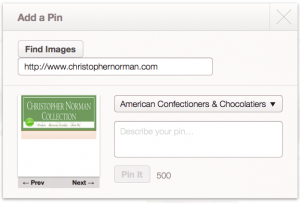
Want to Chat About Pinterest or Content Marketing?
Check out a more detailed article I wrote for Suite Seven where I work, and / or please get in touch to chat!

